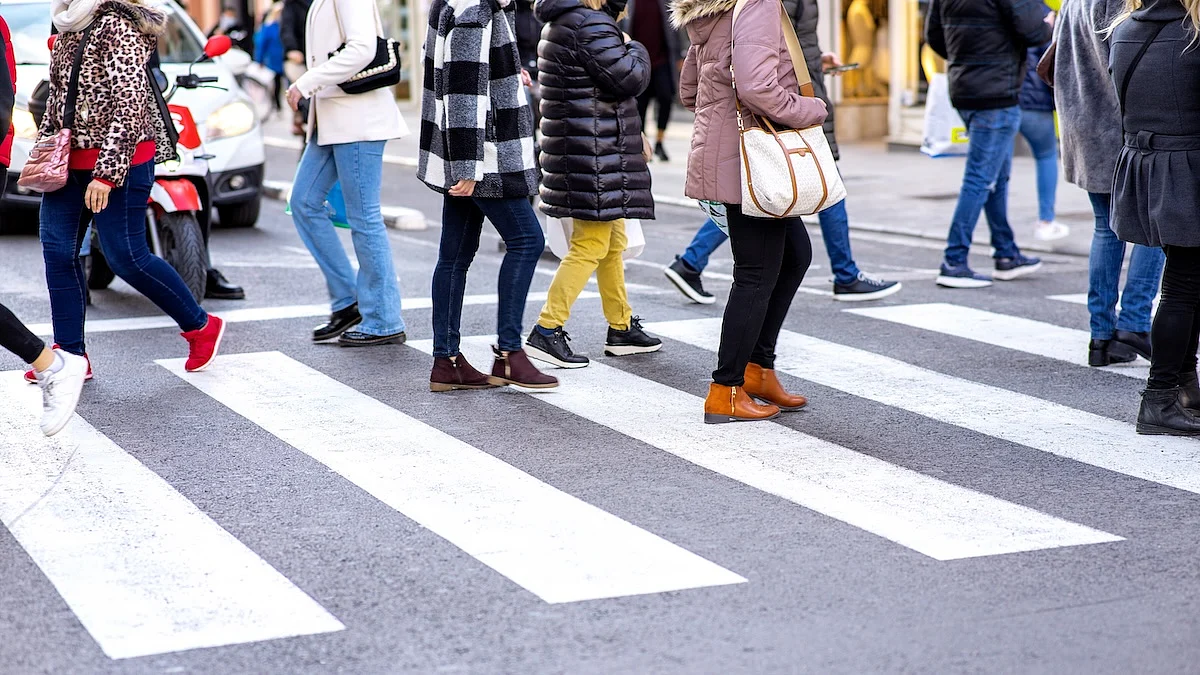Seven Seconds Can Protect Pedestrians At Intersections
MONDAY, July 21, 2025 — A seven-second head start for pedestrians can save lives and prevent injuries at busy intersections, a new study says.
Pedestrian-related injuries dropped by 33% at crosswalks where New York City rejiggered traffic lights to give walkers those extra seven seconds, researchers report in the journal Nature Cities.
The most dramatic impact came during the day, with fatal pedestrian crashes reduced by 65%, results show.
The strategy, called Leading Pedestrian Intervals (LPI), involves offering pedestrians a chance to start crossing the street before vehicles get the green light to turn, researchers said.
“The idea is to give pedestrians time to reach the center of the intersection where they’re more visible,” senior researcher Christopher Morrison said in a news release. He’s an assistant professor of epidemiology at the Columbia University Mailman School of Public Health.
“Most pedestrian-vehicle crashes happen near the curb, where drivers are less likely to see people crossing,” he noted.
New York City started implementing LPI at intersections in 2013 as part of the U.S. Vision Zero program, a large-scale effort to reduce traffic injuries and deaths, researchers said in background notes.
Other low-cost measures promoted by U.S. Vision Zero include speed humps and rubber speed bumps, researchers said.
For the study, researchers analyzed data from more than 6,000 New York City intersections between 2013 and 2018, of which nearly 2,900 featured the pedestrian head start.
Overall, more than 340,500 crashes at and around those intersections led to about 25,600 injuries and 291 deaths, researchers found.
In all, 20% of fatal and 18% of non-fatal pedestrian-related crashes occurred at crosswalks equipped with LPI, researchers found.
“LPIs are one of the most affordable and scalable traffic safety interventions,” Morrison said. “A seven-second delay for drivers can mean the difference between life and death for pedestrians.”
The takeaway: “Our findings show they work — and should be adopted more widely,” Morrison concluded.
Sources
- Columbia University, news release, July 18, 2025
Disclaimer: Statistical data in medical articles provide general trends and do not pertain to individuals. Individual factors can vary greatly. Always seek personalized medical advice for individual healthcare decisions.
© 2025 HealthDay. All rights reserved.
Read this next
Household Items Tied to Sharp Increase in Self-Harm Cases in Teens
WEDNESDAY, Sept. 10, 2025 — Cases of self-harm involving 6- to 12-year-olds have risen sharply, and researchers warn that common household products are often...
Ultrasound Helmet Provides Surgery-Free Brain Stimulation
WEDNESDAY, Sept. 10, 2025 — Deep brain stimulation has shown promise in treating conditions ranging from epilepsy and Parkinson’s disease to cluster headaches...
Wireless Ultrasound: A Potential Revolution In Assessing On-Field Sports Injuries?
WEDNESDAY, Sept. 10, 2025 — The collegiate sports season is upon us, and with it the inevitable bruises, sprains and strains that come from tough competition. Portable...
More news resources
- FDA Medwatch Drug Alerts
- Daily MedNews
- News for Health Professionals
- New Drug Approvals
- New Drug Applications
- Drug Shortages
- Clinical Trial Results
- Generic Drug Approvals
Subscribe to our newsletter
Whatever your topic of interest, subscribe to our newsletters to get the best of Drugs.com in your inbox.


